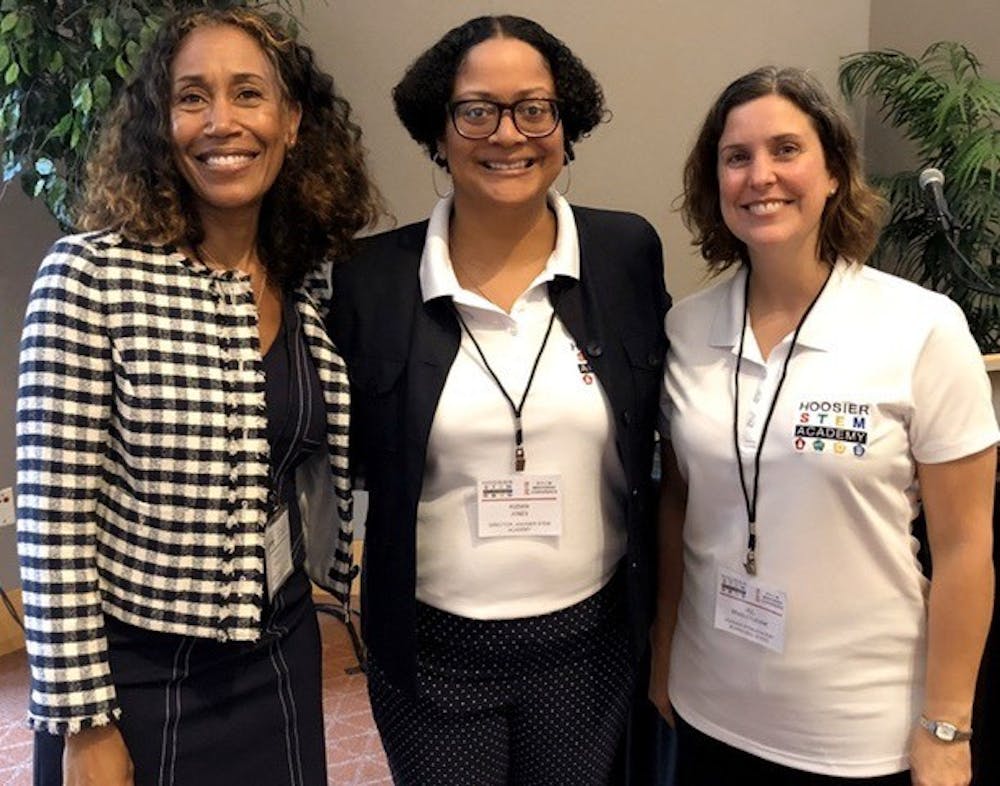Hoosier STEM Academy was recently awarded $602,000 by the Indiana Commission for Higher Education (ICHE), according to an August press release from the commission.
The press release states, the grant is meant to “support STEM teacher preparation, recruitment, retention and professional development.”
The academy, a grant-funded partnership among Ball State, Purdue University and Indiana University Purdue University Indianapolis, was founded in 2017 with the aim of combating the growing teacher shortage in Indiana, specifically within the science, technology, engineering, and mathematics fields, according to Ball State’s website.
Kizmin Jones, director of the Hoosier STEM Academy, said aspiring STEM educators can work with the academy to obtain their graduate degrees and find a job in the education field.
“Each teacher would receive $1,400 per three-credit hour course to take, and that’s towards their dual-credit certification, which requires them to have eighteen credit hours,” Jones said.
The grant funds state-required courses for current STEM educators to become dual-credit certified and receive their graduate degrees, she said.
Each graduate student receiving a master’s degree in secondary education from the respective schools receives $30,000 to “get a teacher’s license and be prepared to teach in the secondary classroom,” she said.
Jones said ICHE administers funds for secondary education throughout Indiana and funds are distributed twice throughout the year. Hoosier STEM Academy received its grant in the second round, she added.
ICHE awarded $9.6 million in total to all recipients in 2019, and will be awarding more STEM funds every two years.
Jill Bradley-Levine, associate professor of educational studies, said the STEM field has been affected by teacher shortage due to the current climate of the education industry.
“Teachers are under a lot of pressure to perform because of accountability systems, with standardized testing and evaluation policy,” Bradley-Levine said.
The stress associated with working in education has caused many teachers to retire early, thus creating a need for more students to be trained and equipped to teach, she said.
Low salaries offered to STEM teachers, Bradley-Levine said was another reason for their low recruitment. By contrast, she said those with a STEM degree can enter the workforce and make higher wages than they would if they were teaching it.
Despite the pressure of entering the teaching field, Bradley-Levine said she believes the Hoosier STEM Academy is tackling the STEM teacher shortage well.
“I think we’re doing the best job we can,” she said. “We’re hoping to expand the course offerings to more than it has been in the past two years, and this grant will help us better meet teachers’ needs.”
Contact Amelia Cisna with comments at amcisna@bsu.edu or on Twitter @AmeliaCisna.




